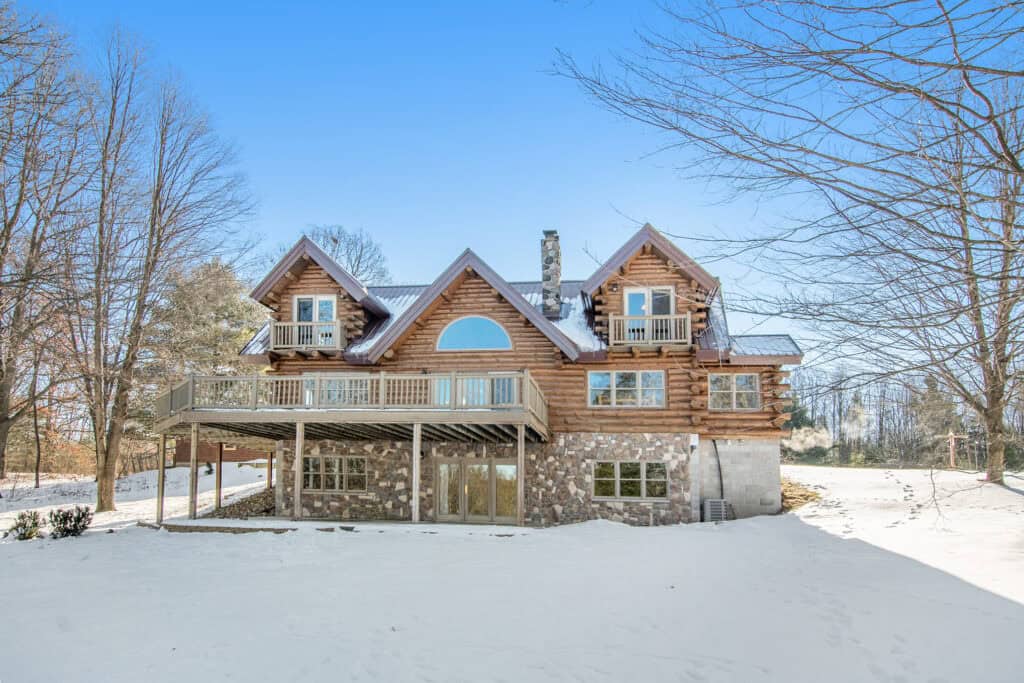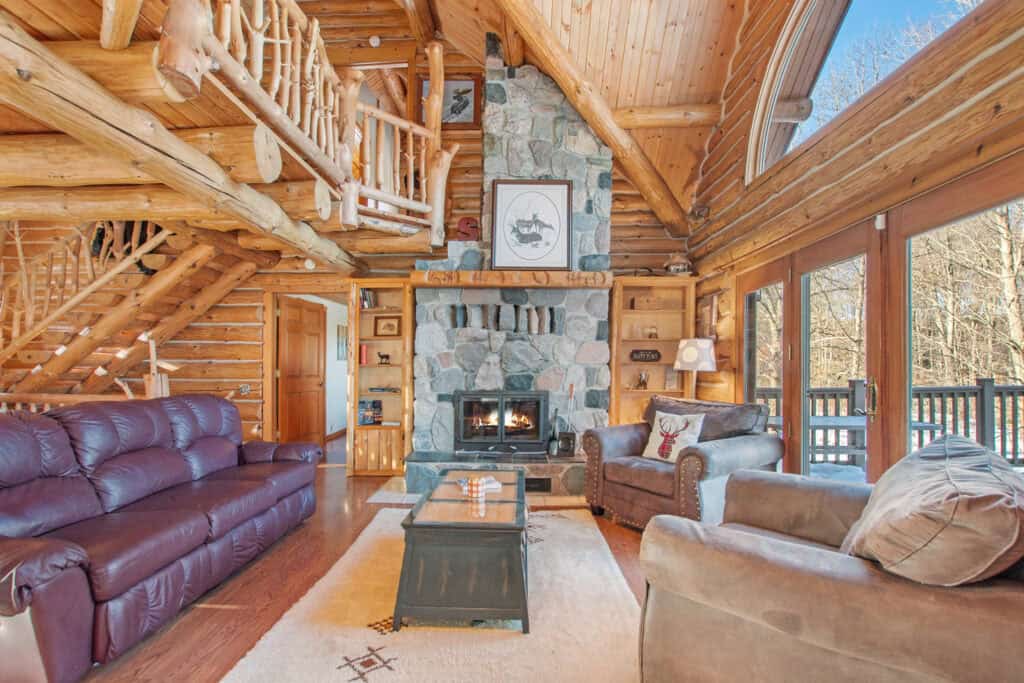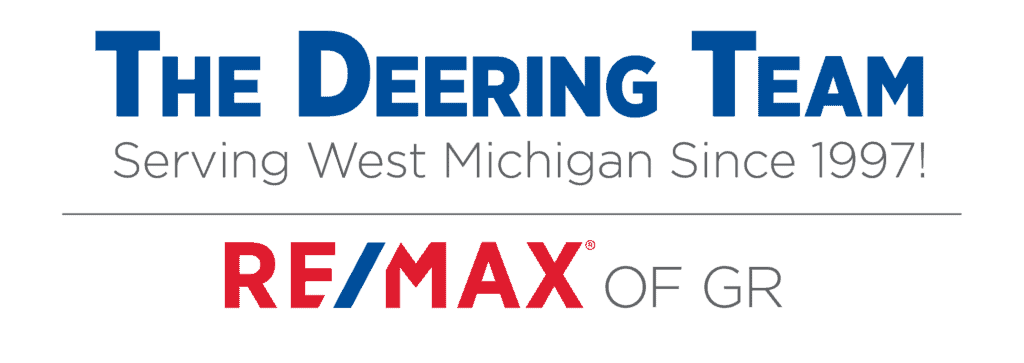The Pros and Cons to Owning a Log Home or Cabin
I can remember being cozied up reading Little Home in the Big Woods and dreaming of owning a log cabin. They’ve always felt so cozy and warm, and I love the uniqueness of a log home or cabin! They catch your eye and stand out in a world of what feels like “cookie cutter” homes. Owning a log home can be a unique and rewarding experience, but it also comes with its own set of challenges. Let’s take a look at the pros and cons of owning a log cabin or home!

Pros
- Aesthetic Appeal: The natural, rustic beauty of log homes is one of their biggest draws! I always feel like they blend in with the landscape and lend a cozy feel. You can just imagine gathering around a fireplace in the winter with hot cocoa and big, cozy quilts. They feel like homes that are made to enjoy the outdoors and living away from civilization, almost taking you back in time to a slower pace of life.
- Energy Efficiency: One of the more unique features of log homes is the thermal mass of the logs, meaning they can absorb heat during the day and release it at night. This helps naturally regulate indoor temperatures. Properly constructed log homes can be very energy efficient as wood is a good insulator.
- Durability: When properly maintained, log homes can last for many decades, sometimes even centuries. Because of the thickness of the logs used to build these houses, they are very sturdy and can withstand some pretty extreme weather conditions.
- Environmental Benefits: Logs are a renewable resource, and using them for construction can be more environmentally friendly compared to some other building materials. Log homes can also have a lower carbon footprint if the wood is sourced sustainably.
- Health Benefits: Living in a log home means being surrounded by natural materials, which can contribute to a healthier living environment. Logs can help regulate humidity levels, potentially improving indoor air quality. Other health benefits can include air purification, living a simpler life, quieter environment, and much more!

Cons
- Maintenance: Log homes require regular maintenance to prevent issues such as rot, insect infestations, and weather damage. This can include staining, sealing, and checking for cracks. Logs can also attract pests like termites and carpenter ants, necessitating regular inspections and treatments. All that wood can attract woodpeckers too.
- Cost: Building a log home can be more expensive than traditional homes due to the cost of materials and specialized labor. Ongoing maintenance and repairs can add up over time, making log homes potentially more expensive to maintain.
- Insurance: Insurance for log homes can be more expensive due to the perceived higher risk of fire and the specialized nature of the construction. Finding insurance providers that cover log homes can sometimes be more challenging.
- Energy Efficiency Challenges: If not properly constructed or maintained, log homes can be prone to drafts, which can affect energy efficiency. Logs can settle and shrink over time, which might require adjustments to doors, windows, and other structural elements.
- Construction and Permitting: Building a log home requires specialized knowledge and skills, which can limit the availability of qualified contractors. Some areas may have specific building codes and zoning regulations that can complicate the construction of log homes.
- Resale Value: The market for log homes is niche, and they may not appeal to all buyers, potentially affecting resale value. The value of log homes can be more variable and dependent on location and market trends.
Conclusion
I still love the charm of a log home. Will I ever own one? Who knows, but it won’t stop me from imagining life in one or looking at any that are on the market! If you’re ready to buy one, our team can help! Contact us to get started on your home buying journey to find your next home!

